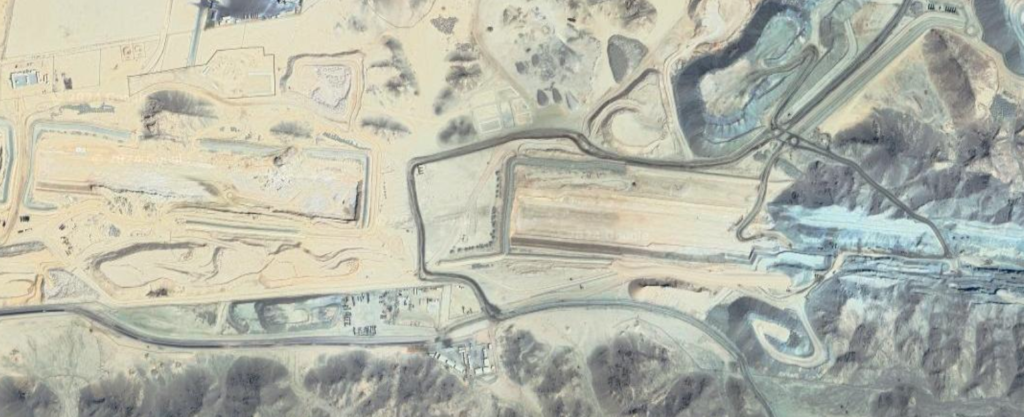I’m not sure I’ve mentioned Saudi Arabia’s Neom project before, the plan to build a 170km long, 500m tall linear city arcology in the northwest Saudi desert.
As this Patrick Boyle video shows, things aren’t going swimmingly.
Pitched in a mock “I think it’s a great idea, so please don’t Khashoggi me” tone, Boyle points out a few niggling problems with the entire concept.
To travel 170 km in 20 minutes, you’d have to be traveling at 510kmph, which is a bit faster than and the world’s fastest train. Of course, 510kmph assumes no stops along the way, which might be a bit inconvenient for people who live near the middle of the city. London Underground stations and New York subway stations are usually about a quarter of a mile apart from each other. [I believe Boyle is mistaken here, and London tube stations are closer to an average of a mile apart. -LP] 170km is 105.6 miles, so the line would need 412 train stops along the way subway trains usually stop and open their doors for at least 30 seconds at each station so with 42 stations the train would be stopped for 206 minutes allowing people to get on and off the train at the stations. 206 minutes is of course a bit more than 20 minutes, so people would need to get on and off the trains a bit quicker than that. If the train stopped for just two seconds at each station, the train would only be stopped for 14 minutes leaving us with six minutes to travel 170 km, so we would just have to travel at 1,700km hour which is a bit over 1,000mph. 1,000mph would, of course, be an average speed. There would have to be a lot of extreme acceleration and deceleration going on, meaning that the top speed would have to be well over 1,000mph. You’d have two seconds to get on or off a train that would quickly accelerate up to, let’s say, three times the speed of sound before slamming on its brakes for the next station.
Enjoy the g-lock.
I think you get the idea.
Murdering the occasional jihad-friendly journalist aside, MBS actually has carried out some significant reforms (like sidelining the hardline Wahabbist clerics), but his pet Neom project is clearly 95% delusional. Despite which, they’ve already done fairly ridiculous amounts of earthmoving on the project.

They are a few decent ideas among the delusions: It wouldn’t be a bad idea for the Saudis to incubate a tech sector, they get enough sun that getting into manufacturing solar panels to help plan for a post-oil future might be a viable option, and they probably should invest in desalinization plants to develop some agricultural self-sufficiency.
But the idea of building the full Line is a delusional fantasy.